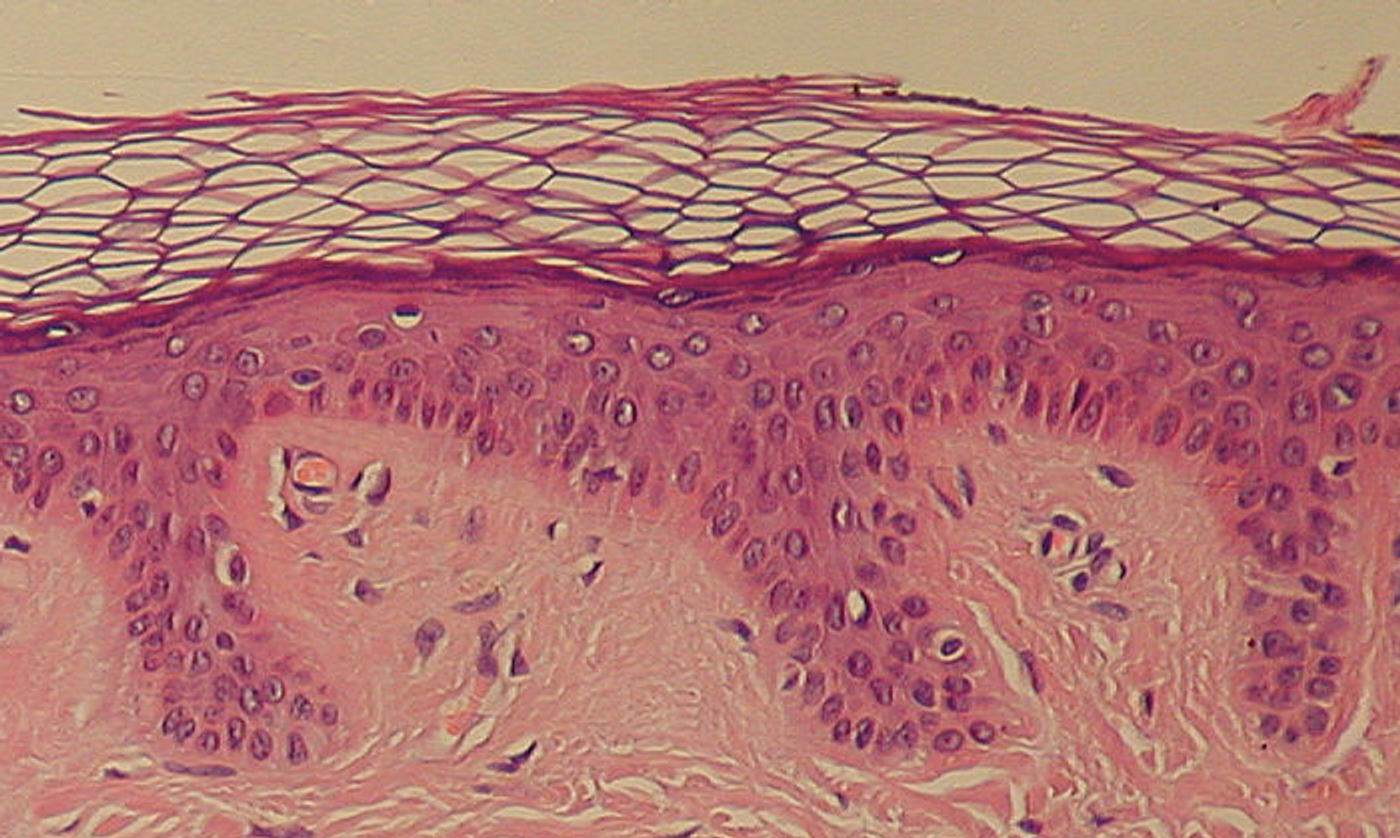Scientists Discover a New Part of the Human Body
Amazingly, scientists and doctors have discovered an apparently overlooked part of human anatomy, which may help explain some mysterious occurrences in cancer. Doctors were analyzing human tissue, and came across open spaces, filled with fluid and supported by bundles of collagen; it was something that caught their attention because they didn’t know what it was. An expert in such analysis, Dr. Neil Theise, a professor of pathology at New York University Langone School of Medicine, realized that he had seen these structures before, but only after they had collapsed as the tissue was processed.
Using a technique that enabled them to see live tissue on the microscopic scale, researchers discovered that there was a network of these fluid sacs in many different places. They surround muscle, lie below the surface of the skin, and line the digestive tract, urinary system, and lungs; they have been called the interstitium. Theise and others have published their findings in Scientific Reports.
The investigators believe that the fluid in this network drains into the lymphatic system, and may act as a kind of shock absorber, protecting the internal parts of the body. It is notable that these sacs are found in places where there is a lot of movement, like where food passes through the digestive system and where blood vessels have to contract and expand as blood pulses through them so many times, and without tearing.
The existence of the interstitium could also explain how cancers that grow in this tissue can quickly get to the lymph nodes and spread to other places in the body. The fluid is ferrying it everywhere.
While interstitial fluid, the stuff between cells, is well known, this is the first time scientists have seen evidence of an organized matrix of fluid pockets. It has been only vaguely suggested before, said Theise, who thinks this could be an organ. That designation will have to wait for a larger scientific consensus.
Theise elaborated more about what the interstitium is in a discussion with ResearchGate. “It is a space where extracellular fluid gathers, i.e. the fluid of the body that is not contained within cells. Some such spaces are obvious: the cardiovascular system containing the fluid of blood, the lymphatics themselves, the space within skull and spine containing cerebrospinal fluid. These other spaces, however, are estimated to contain only about one-quarter of the extracellular fluid. The majority, approximately 20 percent of the fluid volume of the body, comprising approximately 10 liters, is contained within the interstitium.”
The scientists used a technique called probe-based confocal laser endomicroscopy - pCLE to learn more about the interstitium. It allows for microscopic viewing during the use of an endoscope.
We will surely be hearing more about this discovery as researchers learn more about it.
Sources: Live Science, Research Gate, Scientific Reports









